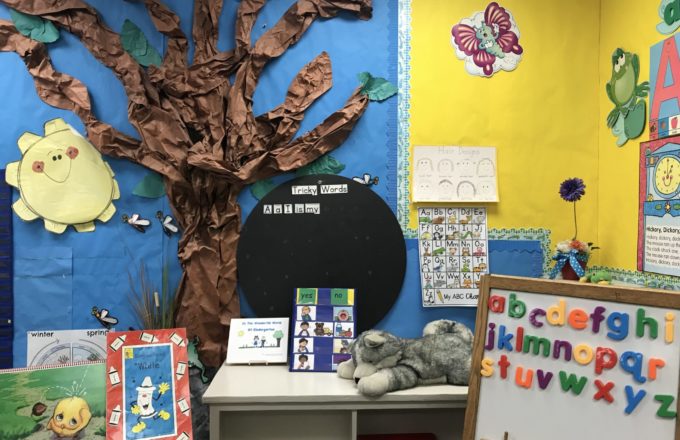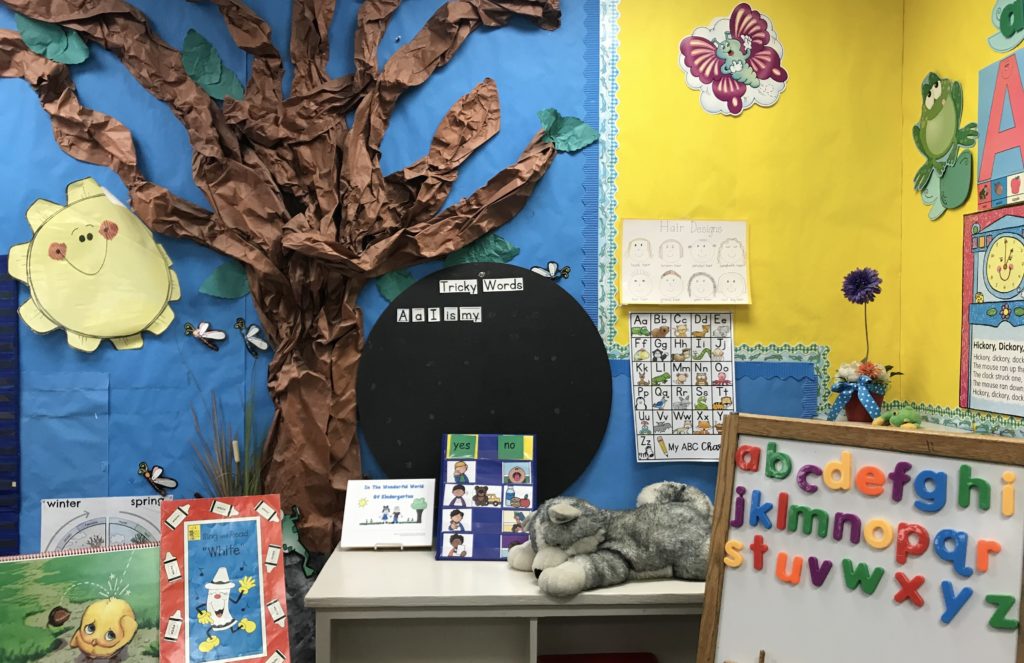Celebrate Multilingualism
Students who are English learners (ELs) are a valuable asset to school culture. Multilingualism is something to be celebrated, as fluency in more than one language is a valuable skill and can support other essential academic skills. Studies have shown that some students who are proficient in two languages may possess stronger executive function skills and working memory (Miyake, p. 8-14).
The Importance of Literacy Screening for ELs
Literacy screening for early identification of reading difficulties is an essential part of education for all students, including those students who are learning English (DESE, 2021, p. 69). It is common thinking that a student who is learning English cannot be screened for learning disabilities, like dyslexia, until they have a well-developed oral language in English; however, the Massachusetts Department of Elementary and Secondary Education in their Dyslexia Guidelines reports that it is possible to screen students who are learning English for reading difficulties before they are proficient in oral English. Research by Geva and colleagues (2019) outlines:
“Phonological processing skills such as phonological awareness and rapid automatized naming are not strongly associated with language proficiency; that [these skills] can reliably assess the L2 [second language]; and that they can be used to predict word reading skills to help understand the source of difficulties in learning to develop word-level reading in the L2. This highlights the fact that second language assessment measures can be used reliably to assess L2 word reading skills” (p. 128).
In other words, looking at how a student interacts with and processes sound components of English and their ability to rapidly name letters, colors, objects, or rapid automatized naming (RAN) can be an important facet in uncovering the potential for reading difficulty. Assessing these skills aims to measure students’ understanding of the building blocks of language and are not tied to or driven by oral language proficiency in English.
Looking Beyond Literacy Screening
In addition to assessing RAN and phonological skills, “family history, level of language proficiency, and persistence of difficulty compared to students with similar language backgrounds, can help to distinguish language acquisition issues from dyslexia” (DESE, 2021, p. 71). The DESE suggests these questions as a way to look beyond screening results (2020, p. 69):
- How long has the student been speaking their native language?
- What is the student’s performance in their native language? Students with strong native literacy skills will likely require different support than students with weaker native language literacy skills.
- How long has the student been speaking/exposed to English (in addition to their native language)? Is there a family history of reading difficulties? Because dyslexia has a genetic component, knowing whether an immediate family member may have had reading difficulty can be helpful in determining whether the student’s difficulty might be related to a disability.
- Is the student’s first language one that promotes transfer to learning English?
Elsa Cardenas-Hagan, Ed.D. academic, author, and policy advocate for students who are learning English as a second language confirms the importance of early identification as a way to offset the impacts of a potential learning disability (Cardenas-Hagan, 2021). She believes that no matter the diagnosis, literacy instruction for English Learners (ELs) should use a structured literacy approach that focuses on how language is built. This type of transparent teaching can lay the foundation for strong readers and ensure that all students are granted access to essential, science-based reading instruction (Cardenas-Hagan, 2021).
She also suggests that teachers not think about literacy and oral language as two separate things to teach, but as overlapping aspects of language whose properties inform and support each other. A part of this is tapping into cross-linguistic connections or discovering the common sounds that a student’s native language and English may share and how those may or may not be expressed similarly in writing. She also urges teachers to help students utilize metalinguistic understanding or what they might know about one language and how that could help them understand another (Cardenas-Hagan, 2021).
References
- Geva, E., Xi, Y., Massey-Garrison, A and Mak, J. (2019). Assessing reading in second language learners: development, validity, and educational considerations. In book: Reading problems at school (forthcoming) Edition:forthcoming. Publisher: Springer. Editors: Kilpatrick, Joshi, Wagner
- Massachusetts Department of Elementary and Secondary Education, & Johnson, R. D., Massachusetts Department of Elementary and Secondary Education (2020). Boston, MA; State of Massachusetts.
- Miyake, A. and N. P. Friedman, “The Nature and Organization of Individual Differences in Executive Functions: Four General Conclusions,” Current Directions in Psychological Science 21, no. 1 (2012): 8–14.
- Cardenas-Hagan, E. and S. Lambert. Science of Reading: The Podcast “Empowering multilingual learners”. Amplify. October 20, 2021. https://amplify.com/science-of-reading-the-podcast/?utm_campaign=FY21_ElemLitSolutions_season4_National_Podcast&utm_medium=email&_hsmi=2&_hsenc=p2ANqtz-_IeO59aqPwOsJwexiGdMFiMgD1eaKSd7sdoD7pCqCqNe9OlXsfqxgce1TJYiUnejJ6UwROVZSygkIsiO1mqjmly2MJcS4xoLZF-T7UtjSdKLFSwM8&utm_content=2&utm_source=hs_email



